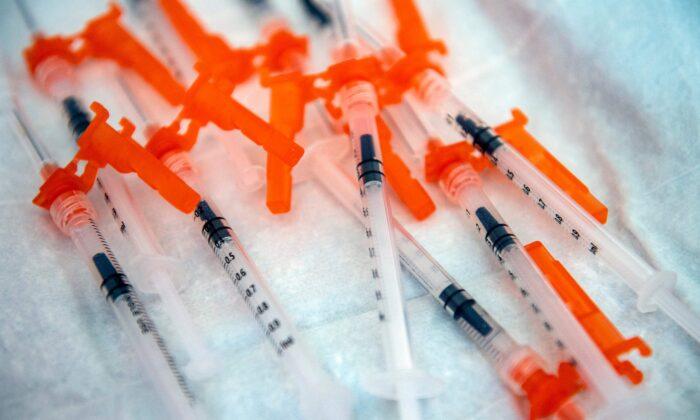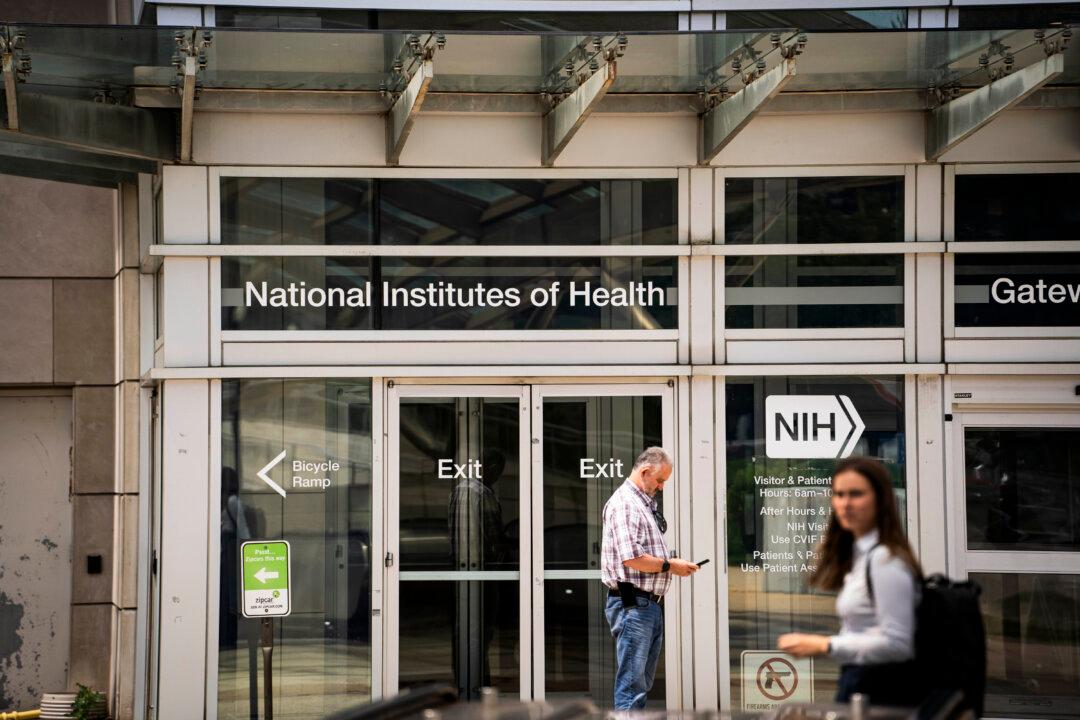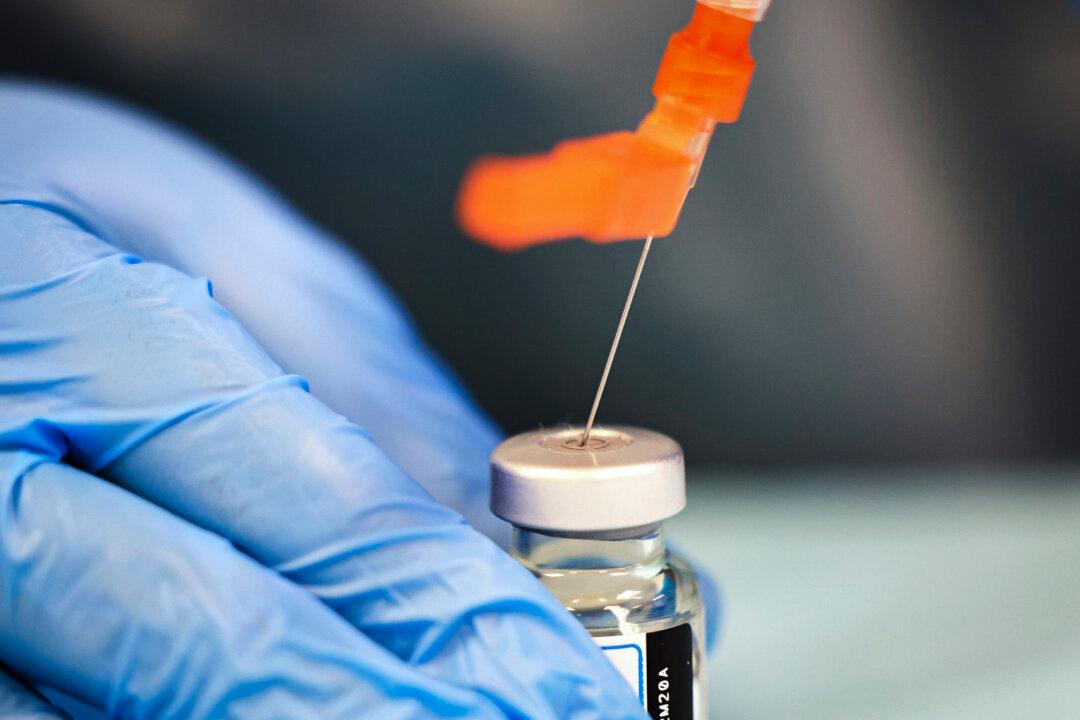The newly formulated COVID-19 vaccines barely protect against severe illness, according to data reported on April 19.
The protection for adults from a shot of the new Moderna and Pfizer vaccines started above 50 percent but quickly dropped within months, the data show.
Among adults aged 18 to 65 without a condition making them immune compromised, a bivalent shot initially increased protection against hospitalization from 21 percent to 68 percent. However, that shielding plummeted to just 27 percent 60 to 119 days later, according to the data.
Immunocompromised adults 18 or older saw even worse protection, with the shielding never going above 43 percent, according to the data.
The unpublished CDC data was drawn from the agency’s VISION Vaccine Effectiveness Network, a network of sites that collect data on vaccination and admissions. It covered September 2022 to March 2023.
Data from another CDC system, the IVY Network, supported the low effectiveness estimates.
Among adults aged 65 or older deemed immunocompetent, a bivalent booster started at 65 percent effective but dropped to 43 percent after two months and plummeted to just 22 percent after 119 days, researchers said.
The new shots are bivalent formulations that target the old Wuhan virus strain and a sublineage of Omicron strain subvariants. They were authorized and recommended as boosters in the fall of 2022, despite having no clinical data supporting their safety or effectiveness.
Regulators said that people who have never been vaccinated and those who have received an old vaccine could get a single bivalent dose, while many who have received a bivalent shot should not, at this time, get an additional dose.
Officials claimed that the bivalents protect against hospitalization and death. They cited no clinical trial efficacy data or real-world effectiveness information, instead relying on tests that showed the bivalent shots trigger higher levels of neutralizing antibodies, which are thought to be protective against COVID-19.
CDC researchers reported in February that a bivalent initially provided 52 percent protection against hospitalization but that the shielding dropped to just 36 percent beyond 59 days.
U.S. officials and World Health Organization experts say 50 percent is the threshold for a successful vaccine.
Vaccines typically protect against infection, but the COVID-19 vaccines have never entirely prevented infection and have performed increasingly worse against the outcome as newer variants have emerged.
Officials say the purpose of the vaccines now is to prevent severe illness, often measured as hospitalization.
A similar measure, admission to emergency departments (ED) or urgent care (UC) sites, also indicated poor protection.
The effectiveness of a bivalent in preventing ED/UC encounters among immunocompetent adults aged 18 to 64 dropped under 50 percent after 60 days and plummeted to just 15 percent beyond 119 days, the CDC reported on Wednesday. Protection among immunocompetent adults aged 65 or older dropped under 50 percent after two months and to just 25 percent beyond 119 days.





